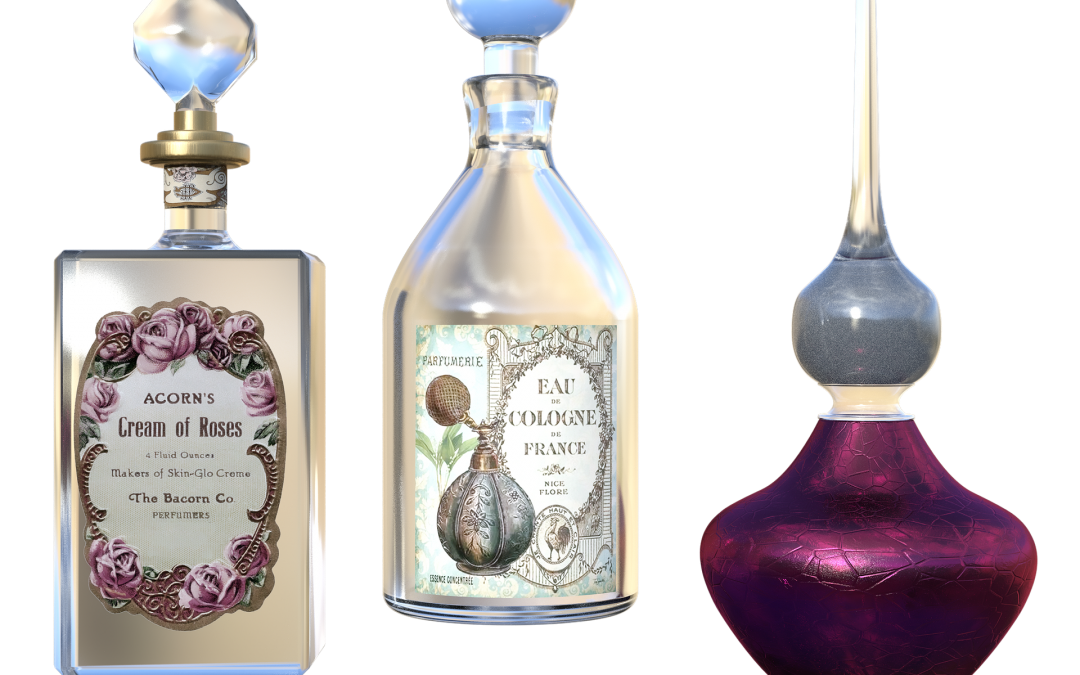When we’re describing our scented candles, we use terms such as “top notes” and “base notes”, and phrases like “a rich floral heart”. But what do these terms actually mean, and why is it important for a scented candle to have notes and tones?
As well as being useful ways of describing a scent, dividing a fragrance up into these three separate parts helps us build a beautifully balanced scent. Here’s a bit more about fragrance notes, and why they’re important in scented candles.
The Perfume Notes
Perfume, or fragrance, notes are the elements of a scent that blend to form the complete fragrance. They’re divided into three categories of fragrance: top notes, heart notes and base notes. To create a pleasing perfume (or in our case, scented candle or reed diffuser), a fragrance needs to have a combination of all three categories of notes.
Think of it as an orchestral piece, with the heart providing the melody, the base enriching the sound, and the top notes adding those fabulous twiddly bits (not a technical term) that bring the piece to life. When we’re creating a new scent, we decide on the stars of the show, then set about collecting together the right supporting ingredients.
Top Notes
These are the light and zingy elements of a fragrance that pop out at you first. Top notes are typically fresh and uplifting: think of that slice of lemon that lifts your gin and tonic. Citrus scents make great top notes, as do refreshing floral scents such as ylang ylang and jasmine. Top notes can be used to add unusual character: for example, we’ve splashed seaweed into our Rock Salt & Driftwood candle to give it an invigorating hit. Cucumber adds a summer-fresh touch to Cardamom & Mimosa.
Heart Notes
Heart notes are sometimes called “middle notes”, and they make up around 70% of most perfumes. These are full-bodied scents that manage to lighten the heavier base notes (more about these in a minute) without drowning out the more delicate top notes. Fruity and floral scents make perfect heart notes. Our White Patchouli & Clove fragrance has a gorgeous heart of jasmine, lily and of course, white patchouli. This creates a bouquet of rich, floral fragrances that support and enrich the top notes, drawing the scents together.
Base Notes
Finally, the base notes. These are the stronger smells that underpin the whole blend. They’re not always the nicest-smelling things, to be honest – but put them with the right top and mid notes, and they transform into something amazing. We use a lot of musky and woody scents for our base notes, as well as sweeter ingredients such as vanilla and tonka bean. Base note fragrances are long-lasting and are often described as “anchoring” the other scents. Orchid Noir has a deep, smoked-wood base, while Bluebell Wood has a more unusual foundation thanks to aromatic resinous galbanum.
Finding the Right Candle Fragrance
Even though fragrances are made from a blend of scents, they still have a dominant, overriding aroma that puts them into one of the four scent families: fresh, floral, woody and oriental. We all have a natural perfume preference, although most of us are happy to switch our home fragrances to suit our mood and the season (for example, people with a preference for fresh scents will still burn woodier scents at Christmas).
To make it easier for you to choose your preferred fragrance, we separate our candles into the scent families on our website. However, if you’d like to know more about any particular fragrance, please drop us a line at Dexter & Mason.


